Which US State Often Have Flood? Top 10 Most Flood-Prone States
Which US State often have flood? In the United States, foods are considered the greatest natural threat to life and limb. This disaster type causes many solid deaths and billions of dollars annually. In this article, we are going to list the top 10 states that often have the most floods. Knowing prone-flood areas and impacts, we can be proactive in preventing and dealing with this water event.
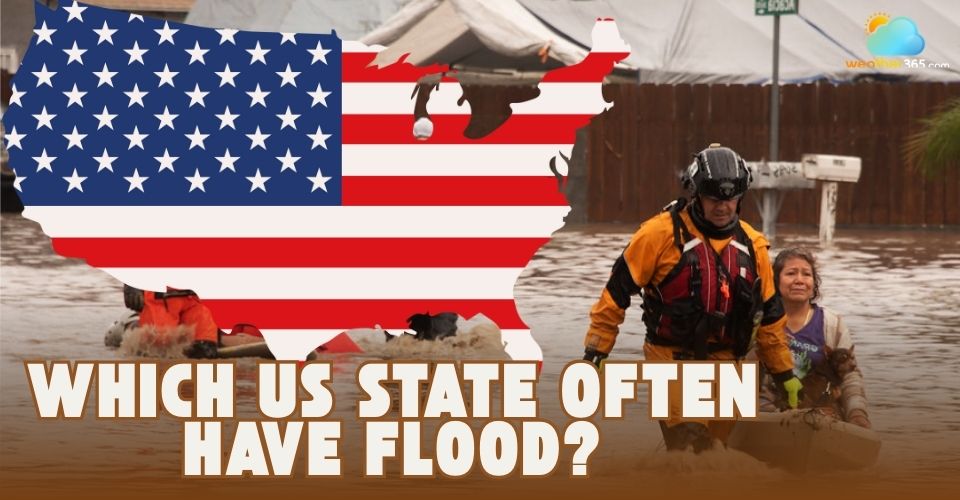
The most prone to flooding US States
- Overview: Flooding in the US
- Which US state often have flood?
- TOP 10: Virginia
- TOP 9: Pennsylvania
- TOP 8: Tennessee
- TOP 7: Puerto Rico
- TOP 6: Florida
- TOP 5: New York
- TOP 4: California
- TOP 3: Louisiana
- TOP 2: New Jersey
- TOP 1: Texas
- Impact of flooding on the environment
- What to do to stay safe in the face of a flood?
Overview: Flooding in the US
Flooding is one of the most frequent and deadly natural disasters in the United States, affecting communities nationwide each year.
In 2024, the U.S. experienced a sharp rise in flood-related fatalities, with 145 deaths reported, well above the 25-year average of 85 annual deaths.
According to the National Weather Service, flooding causes more fatalities annually in the United States than other severe disasters like lightning, hurricanes, or tornadoes.
|
Natural disasters |
Number of deaths per year |
|
Lightning |
41 deaths |
|
Tornadoes |
68 deaths |
|
Hurricanes |
45 deaths |
|
Floods |
88 deaths |
Flash floods, often triggered by intense rainfall or tropical storms, are the leading cause of storm-related deaths in the country.
Property damage is also significant: in 2024, insurance claims for flood damage totaled $627 million, and 1.6% of insured homes filed water damage claims. The frequency and severity of flooding events are increasing, driven by heavier rainfall and climate change, making flood preparedness more crucial than ever.
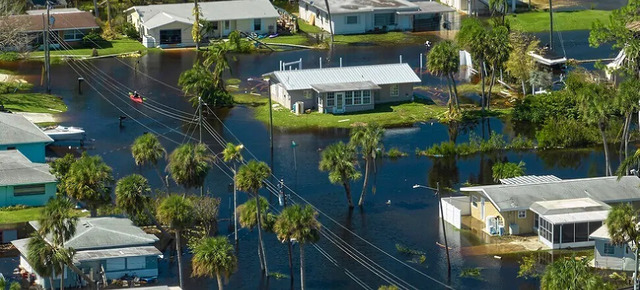
Flooding causes much disastrous damage to the US
Find out more:
What causes floods?
Which US state often have flood?
FEMA’s National Risk Index, which focuses on the Expected Annual Loss (EAL) metrics, is used to identify the 10 U.S. states with the highest flood risk.
This measures the average yearly economic loss to people, buildings, and agriculture from both riverine and coastal flooding.
States are ranked by ascending annual losses, based on data from March 2023, providing a clear picture of where flooding poses the greatest financial impact.
TOP 10: Virginia
-
Average Annual Flooding Loss: $144,981,713
Virginia ranks tenth among U.S. states with the highest flood risk. This state bears an estimated annual loss of over $144 million due to flooding.
Coastal areas such as Accomack, Hampton, and Northumberland are particularly vulnerable to economic damage from coastal flooding.
Meanwhile, Norfolk, Tazewell, and Buchanan Counties are at significant risk of riverine flooding, which can cause widespread infrastructure and property damage.
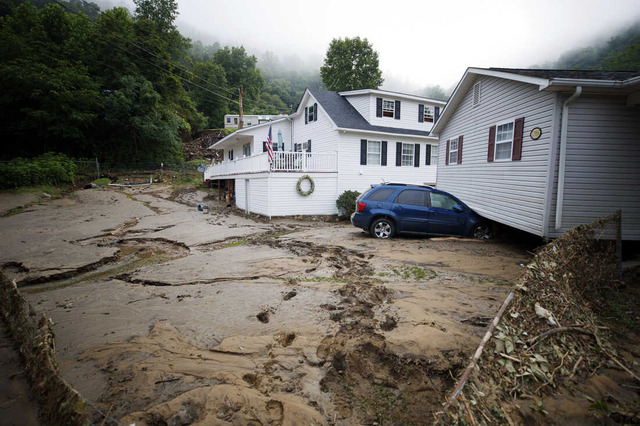
Flooding in Virginia
TOP 9: Pennsylvania
-
Average Annual Flooding Loss: $213,623,855
While the majority of Pennsylvania counties experience riverine flooding, two counties—Delaware and Philadelphia—are deemed by FEMA to have a "relatively moderate" likelihood of experiencing historic flooding-related losses.
Dauphin, Luzerne, and Bucks counties have suffered the most losses as a result of riverine flooding.
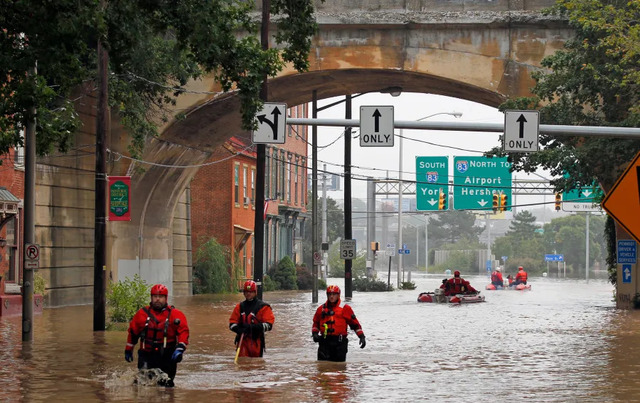
Flood in Pennsylvania
TOP 8: Tennessee
-
Average Annual Flooding Loss: $233,370,681
Tennessee experienced flooding events in both May and July 2024. In July, flash floods impacted the Dollywood theme park, forcing guests and visitors to evacuate quickly as water levels rose.
Tennessee ranks eighth among U.S. states with the highest flood risk.
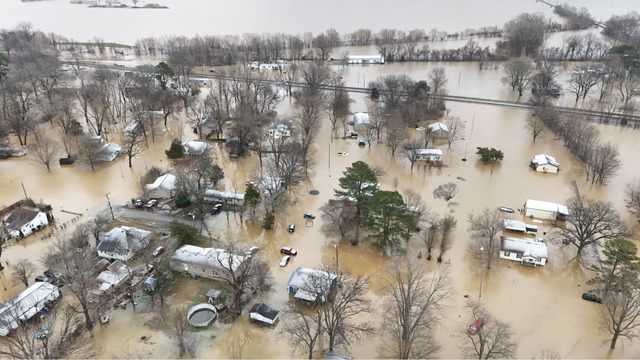
Flooding devastates West Tennessee
TOP 7: Puerto Rico
-
Average Annual Flooding Loss: $239,540,187
Puerto Rico often experiences flooding due to its mountainous terrain and tropical climate.
Steep rivers can rise quickly during heavy rains, especially in hurricane season when intense storms bring large amounts of rainfall in a short time.
This combination of geography and weather makes the island prone to frequent and sudden floods.
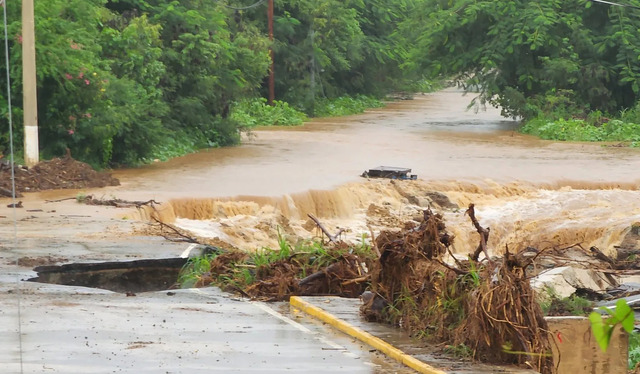
Dangerous flooding in Puerto Rico
TOP 6: Florida
-
Average Annual Flooding Loss: $298,275,449
As one of the states most vulnerable to hurricanes, Florida is also frequently affected by flooding. (Read more: How many hurricanes hit Florida?)
Florida ranks sixth among U.S. states with the highest flood risk, facing an expected annual loss exceeding $298 million.
The state is also highly vulnerable to coastal flooding because of its flat, low-lying land and extensive coastline.
Seasonal thunderstorms and hurricanes bring intense rainfall, while rising sea levels and porous limestone increase the risk of coastal and groundwater flooding.
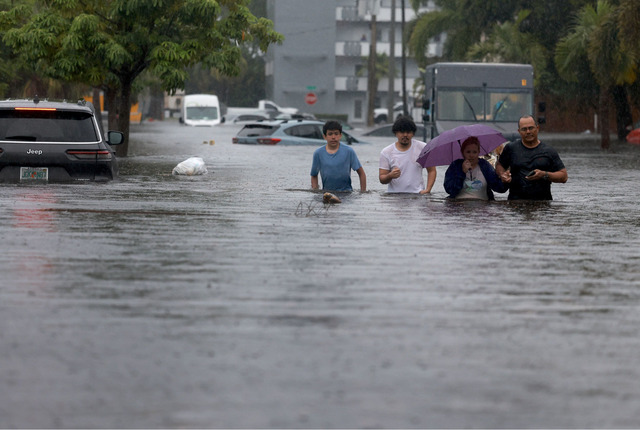
Catastrophic flash flooding in South Florida
TOP 5: New York
-
Average Annual Flooding Loss: $334,341,929
New York often experiences flooding due to its dense urban environment, complex river systems, and exposure to heavy rainfall from tropical storms and nor’easters.
New York's diverse topography, aging infrastructure, and extensive impervious surfaces intensify runoff and increase flood risk.
Each year, the state incurs more than $334 million in flood-related damages, underscoring its significant vulnerability to both flash floods and riverine flooding.
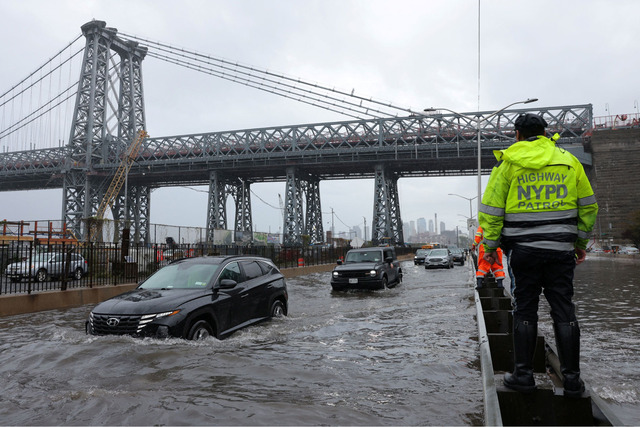
New York City flooding
TOP 4: California
-
Average Annual Flooding Loss: $409,976,905
California is prone to frequent and severe flooding due to a combination of geographic, climatic, and human factors.
The state’s diverse terrain includes many rivers flowing through lowland floodplains, making riverine flooding common.
California’s climate features intense rainfall events, often driven by atmospheric rivers—narrow corridors of moisture that bring heavy, sustained rain, especially in winter.
Climate change is intensifying these storms, increasing flood severity.
Counties like Kern, Ventura, San Bernardino, and Marin face the highest economic flood damages. Overall, California ranks fourth among U.S. states for flood damage risk.
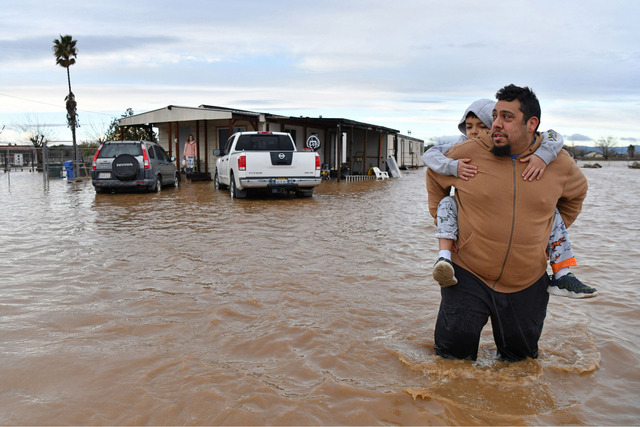
California’s flooding
TOP 3: Louisiana
-
Average Annual Flooding Loss: $759,040,777
Louisiana frequently experiences severe flooding due to its low-lying geography, heavy rainfall, and proximity to the Mississippi River Basin.
Much of the state, including New Orleans, lies below sea level and relies on levees and pumping systems to manage water, making it vulnerable when these systems are overwhelmed.
Louisiana’s subtropical climate brings intense rainstorms and hurricanes, often causing flash floods, river overflows, and coastal flooding from storm surges.
The soil saturates quickly, and urbanization further worsens runoff.
Counties like East Baton Rouge, Lafayette, and St. Tammany are especially at risk, having suffered major damage during the 2016 floods.
On average, Louisiana faces over $759 million in flood-related losses annually, reflecting its high flood vulnerability.
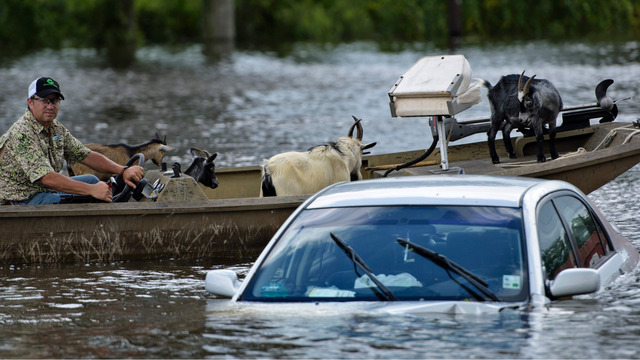
Louisiana flooding
TOP 2: New Jersey
-
Average Annual Flooding Loss: $818,943,074
New Jersey experiences frequent flooding primarily due to its extensive coastline and rising sea levels.
Coastal flooding accounts for the majority of the state's flood losses—about $634 million out of a total $818 million annually.
Counties like Bergen, Ocean, and Atlantic are especially at high risk, as they face increased storm surges, tidal flooding, and erosion.
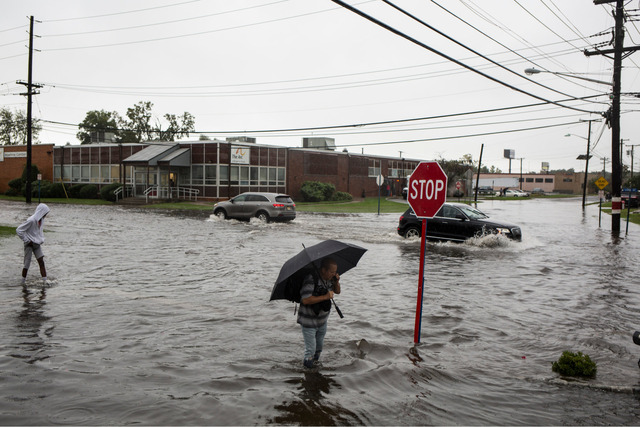
Flash flooding in New Jersey
TOP 1: Texas
-
Average Annual Flooding Loss: $1,965,480,712
What US state often have flood? Texas ranks first on our list of U.S. states with the highest flood risk.
The majority of flooding in Texas is riverine, with the greatest damage occurring in Harris, Galveston, and Brazoria counties.
Significant coastal flooding also impacts counties such as Cameron, Aransas, Nueces, and Calhoun.
According to NOAA data, Texas has experienced nine billion-dollar flooding events from 1980 to 2024, with total costs estimated between $10 billion and $20 billion, highlighting the state’s vulnerability to both inland and coastal floods.
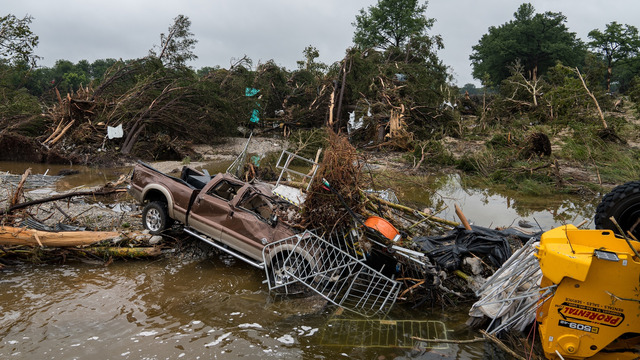
Texas flash flood
Impact of flooding on the environment
Floodwaters from rivers, coastal surges, flash floods, and heavy rains can have lasting impacts on the environment.
Flooding affects natural habitats, driving wildlife such as animals and birds to relocate. It can also strip away topsoil, depleting essential nutrients needed for healthy plant growth and making agriculture more difficult.
Besides, floodwaters often deposit sediment that increases soil levels of nitrogen, phosphorus, potassium, and silicon.
This can benefit the land if the sediment is nutrient-rich, but if it contains fertilizers, pesticides, or other pollutants, it can contaminate both soil and water sources.
Sediment entering waterways can reduce water quality, clog riverbeds, and harm aquatic life. Under certain conditions, it may even trigger harmful algal blooms.
Even if you don’t live in a high-risk flood state, it’s important to take steps to protect your soil, prevent erosion, and safeguard your property.
Flooding isn’t the only threat—wind, high tides, and severe storms can also cause erosion and damage.
With storm activity expected to increase in the coming decades, being prepared is essential no matter where you live in the U.S.

Preparing for flooding is essential no matter where you live in the U.S
What to do to stay safe in the face of a flood?
When having a flood, preparedness is the crucial thing to keep you and your relative safe. Besides, there are still several important flood safety tips before - during - after a flood you should remember.
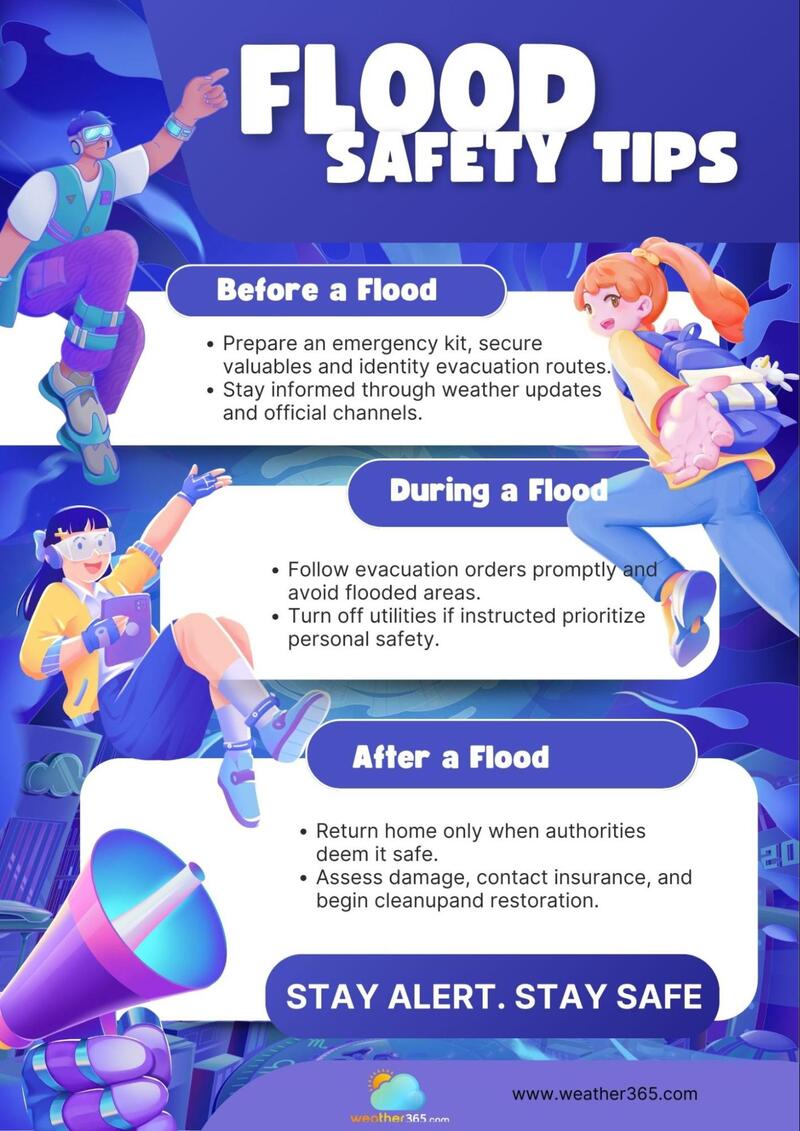
Flood safety tips
Conclusion
When asking which US state often have flood?, states like Louisiana, Florida, New Jersey, Virginia, and Texas are among the most affected. Their coastal locations and river systems make them especially vulnerable to frequent and severe flooding, emphasizing the importance of preparedness in these areas.
Realted post
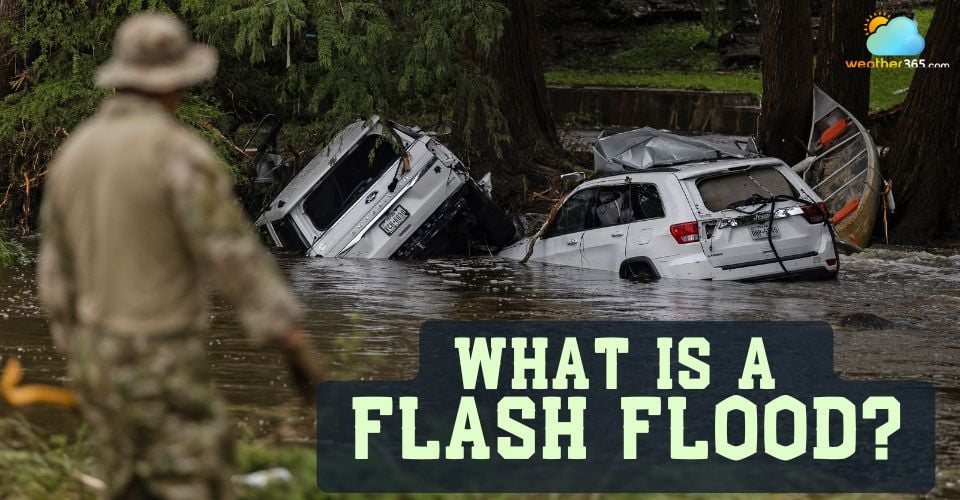
What is a Flash Flood? Causes, Impacts, and Safety Tips You Need to Know
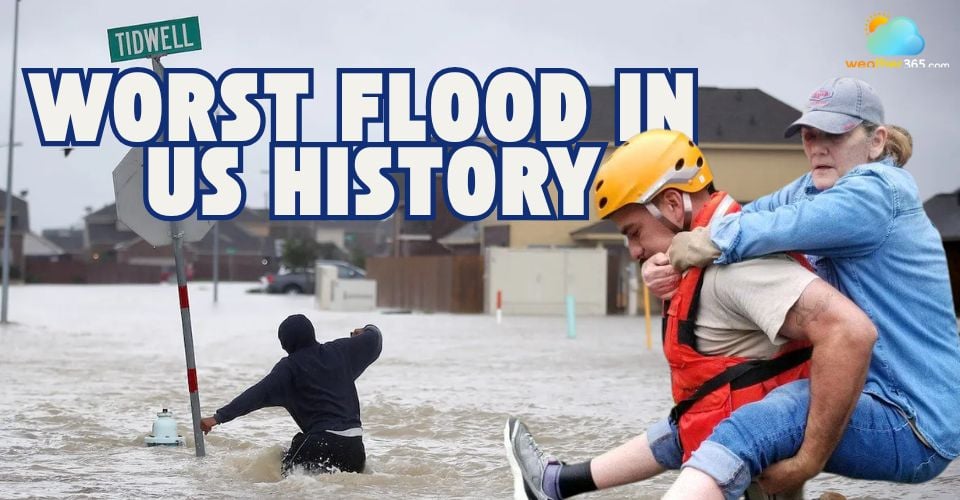

0 Comment
Leave a comment
Your email address will not be published. Required fields are marked *